Home>Gardening & Outdoor>Landscaping Ideas>How To Kill Crab Grass In A Lawn


Landscaping Ideas
How To Kill Crab Grass In A Lawn
Modified: October 20, 2024
Learn effective landscaping ideas to eliminate crabgrass from your lawn. Discover expert tips and techniques for a lush, weed-free yard.
(Many of the links in this article redirect to a specific reviewed product. Your purchase of these products through affiliate links helps to generate commission for Storables.com, at no extra cost. Learn more)
Introduction
Crabgrass, the bane of many lawn enthusiasts, is a persistent and invasive weed that can quickly take over a once-lush lawn if left unchecked. Its rapid growth and ability to thrive in various conditions make it a formidable foe for homeowners striving to maintain a healthy and vibrant lawn. However, with the right strategies and a proactive approach, it is possible to effectively combat and eliminate crabgrass from your lawn.
In this comprehensive guide, we will delve into the various methods for eradicating crabgrass, ranging from manual removal to chemical control and cultural practices. By understanding the nature of crabgrass and implementing targeted techniques, you can reclaim your lawn and prevent the relentless spread of this unwelcome intruder.
Whether you are a seasoned gardener or a novice enthusiast, the battle against crabgrass is a common challenge that requires attention and dedication. By arming yourself with the knowledge and tools necessary to combat this resilient weed, you can restore the beauty of your lawn and create an environment where desirable grasses can thrive.
Join us as we explore the intricacies of crabgrass and discover effective strategies for preventing and eliminating its presence in your lawn. Let's embark on this journey to reclaim the lush, green expanse of your outdoor space and transform it into a haven of natural beauty.
Key Takeaways:
- Say no to crabgrass! Prevent it by proper lawn care, overseeding, soil testing, and mulching. Keep your lawn healthy and crabgrass-free.
- Fight crabgrass with manual removal, targeted herbicides, and cultural practices like proper mowing and watering. Reclaim your lush lawn!
Read more: How To Kill Crabgrass In Your Lawn
Understanding Crab Grass
Crabgrass, scientifically known as Digitaria, is a pervasive annual weed that plagues lawns and landscapes across the United States. Its name is derived from its low-growing, spreading nature, which resembles the legs of a crab. This resilient weed thrives in warm-season climates and can quickly overtake lawns, competing with desirable grass species for essential resources such as water, sunlight, and nutrients.
Identifying crabgrass is crucial for effective management. It features wide, flat blades and grows low to the ground, forming dense patches that can smother surrounding grass. As a warm-season annual weed, crabgrass germinates from seeds each spring, rapidly spreading through prolific seed production. Its ability to thrive in compacted soil and disturbed areas makes it a common nuisance in lawns, gardens, and bare patches of soil.
Understanding the life cycle of crabgrass is essential for devising a targeted eradication strategy. This weed typically germinates when soil temperatures reach around 55 to 60 degrees Fahrenheit, making early spring the prime time for its emergence. As temperatures rise, crabgrass flourishes, producing seeds and perpetuating its presence in the lawn.
Crabgrass is a formidable opponent due to its adaptability and resilience. It can thrive in a wide range of soil types, from sandy to clay-based, and is particularly adept at colonizing areas with poor drainage. Additionally, its rapid growth and prolific seed production enable it to quickly establish a foothold in lawns, outcompeting desirable grasses and creating unsightly patches of greenery.
In summary, crabgrass is a persistent and adaptable weed that poses a significant challenge to lawn enthusiasts. Its rapid growth, prolific seed production, and ability to thrive in various conditions make it a formidable adversary in the quest for a lush and healthy lawn. By gaining a comprehensive understanding of crabgrass and its characteristics, homeowners can develop targeted strategies to prevent its establishment and effectively eradicate existing infestations.
Prevention Methods
Preventing the establishment of crabgrass is a proactive approach that can save homeowners from the arduous task of eradicating this resilient weed. Implementing effective prevention methods is crucial for maintaining a healthy and vibrant lawn. By employing a combination of strategies, homeowners can create an environment that discourages the growth and proliferation of crabgrass.
Proper Lawn Care
Maintaining a healthy and robust lawn is one of the most effective ways to prevent crabgrass infestations. Regular mowing at the appropriate height for the specific grass species helps to promote dense turf, which in turn inhibits the germination and growth of crabgrass seeds. Additionally, ensuring adequate and consistent watering, as well as proper fertilization, can bolster the vigor of desirable grasses, creating an inhospitable environment for crabgrass to take hold.
Overseeding
Overseeding the lawn with desirable grass species can help to fill in bare or thin areas, reducing the opportunities for crabgrass to establish itself. By promoting a dense and uniform turf, overseeding minimizes the available space for weed colonization, effectively crowding out potential crabgrass invaders.
Read more: How To Kill Weeds In Lawns
Soil Testing and Amendment
Conducting soil tests to assess nutrient levels and pH can provide valuable insights for creating an optimal growing environment for desirable grasses. Amending the soil as needed to achieve the ideal nutrient balance and pH level can promote the healthy growth of grass while creating less favorable conditions for crabgrass to thrive.
Pre-Emergent Herbicides
Utilizing pre-emergent herbicides is a proactive measure to prevent crabgrass seeds from germinating. These herbicides form a barrier in the soil, inhibiting the growth of crabgrass seedlings. Timing is critical when applying pre-emergent herbicides, as they need to be put down before the soil reaches the optimal temperature for crabgrass germination.
Mulching
Applying a layer of mulch in garden beds and around landscape features can help to suppress weed growth, including crabgrass. Mulch serves as a physical barrier that impedes the emergence of weed seeds, reducing the likelihood of crabgrass infiltrating these areas.
By implementing these prevention methods, homeowners can fortify their lawn against crabgrass infestations, creating an environment that promotes the flourishing of desirable grasses while thwarting the encroachment of this persistent weed. Through a proactive and holistic approach to lawn care, the battle against crabgrass can be won before it even begins.
Manual Removal
Manual removal of crabgrass is a labor-intensive yet effective method for eradicating this persistent weed from lawns and landscapes. This hands-on approach involves physically uprooting the weed, including its roots, to prevent regrowth and seed production. While it may require time and effort, manual removal offers a targeted and environmentally friendly solution for controlling crabgrass infestations.
To begin the manual removal process, it is essential to identify the presence of crabgrass in the lawn. This weed typically exhibits wide, flat blades and forms dense patches, making it relatively easy to spot amidst the desirable grass species. Once identified, manual removal can be initiated by carefully digging out the crabgrass plants using a hand tool, such as a trowel or weeding fork.
When extracting crabgrass, it is crucial to ensure that the entire root system is removed to prevent regrowth. The shallow, fibrous roots of crabgrass can extend horizontally, making it important to gently loosen the soil around the weed to extract the entire root network. Thoroughness is key in this process, as any remnants left in the soil can lead to the resurgence of crabgrass.
After removing the crabgrass plants, it is advisable to fill in the resulting gaps with soil and overseed the area with desirable grass species. This helps to prevent the re-establishment of crabgrass by promoting the growth of dense and healthy turf. Additionally, maintaining proper lawn care practices, such as regular watering and mowing, can further discourage the return of crabgrass.
Manual removal of crabgrass is a meticulous yet rewarding endeavor that allows homeowners to take direct action against this invasive weed. By diligently uprooting crabgrass and restoring the affected areas with desirable grasses, individuals can gradually reclaim their lawn from the clutches of this persistent intruder. While it may require patience and persistence, the process of manual removal offers a gratifying sense of accomplishment and contributes to the overall health and beauty of the lawn.
Read more: What Kills Oxalis In Lawns
Chemical Control
Chemical control, through the use of herbicides, offers an efficient and targeted approach to combatting crabgrass infestations in lawns and landscapes. Herbicides formulated specifically for crabgrass eradication can provide effective and rapid results, making them a popular choice for homeowners seeking a convenient and reliable solution to weed management.
Selective herbicides designed to target crabgrass while sparing desirable grass species are commonly used for chemical control. These herbicides contain active ingredients that disrupt the growth and development of crabgrass, ultimately leading to its demise. When applied according to label instructions, selective herbicides can effectively suppress and eliminate crabgrass, allowing the surrounding grass to thrive without competition from this invasive weed.
Timing is crucial when employing chemical control methods for crabgrass. Pre-emergent herbicides, applied before crabgrass seeds germinate, create a barrier in the soil that inhibits the growth of emerging seedlings. By preventing the establishment of new crabgrass plants, pre-emergent herbicides offer proactive control and help to minimize the spread of this persistent weed.
Post-emergent herbicides, on the other hand, target actively growing crabgrass plants. These herbicides are applied directly to the foliage of the weed, where they are absorbed and translocated throughout the plant, ultimately leading to its demise. Selective post-emergent herbicides allow homeowners to specifically target crabgrass while preserving the health and vitality of desirable grasses, providing a targeted and effective means of control.
It is essential to adhere to the application instructions provided by the herbicide manufacturer to ensure safe and effective use. Proper timing, dosage, and application techniques are critical for maximizing the efficacy of herbicides while minimizing the potential impact on the surrounding environment.
While chemical control offers an efficient and targeted approach to crabgrass management, it is important to exercise caution and follow best practices when using herbicides. Additionally, integrating chemical control with other preventive and management strategies, such as proper lawn care and cultural practices, can contribute to a comprehensive and sustainable approach to crabgrass eradication.
By leveraging the benefits of selective herbicides and adhering to best practices for their application, homeowners can effectively combat crabgrass infestations and restore the health and beauty of their lawn. Chemical control, when used judiciously and in conjunction with other management methods, can be a valuable tool in the ongoing battle against crabgrass.
Cultural Practices
Cultural practices play a pivotal role in creating an environment that promotes the growth of desirable grass species while inhibiting the establishment and proliferation of crabgrass. By incorporating cultural practices into lawn care routines, homeowners can fortify their turf against weed infestations and foster a lush and resilient lawn.
Proper Lawn Mowing
Maintaining the appropriate mowing height for the specific grass species in the lawn is essential for promoting dense turf and inhibiting the growth of crabgrass. By adhering to the recommended mowing height, homeowners can encourage the development of strong and healthy grass, which competes effectively with crabgrass, preventing its encroachment.
Adequate Watering Practices
Consistent and deep watering is crucial for nurturing a robust lawn while creating an environment that is less conducive to crabgrass growth. Deep, infrequent watering encourages the development of deep roots in desirable grasses, enhancing their ability to outcompete weeds such as crabgrass. Additionally, proper watering practices help to minimize soil compaction, which can further deter the establishment of invasive weeds.
Read more: What Kills Quackgrass In Lawns
Soil Aeration
Regular soil aeration promotes optimal root growth and enhances the overall health of the lawn. By alleviating soil compaction and improving air and water penetration, aeration creates a favorable environment for desirable grasses to thrive. This, in turn, reduces the opportunities for crabgrass to take hold and spread, contributing to a more resilient and weed-resistant lawn.
Fertilization Management
Strategic fertilization practices, based on soil testing and nutrient requirements, can bolster the vigor of desirable grass species while creating less favorable conditions for crabgrass. Balanced fertilization promotes healthy turf growth, enabling grass to effectively compete with weeds and maintain its dominance in the lawn.
Overseeding and Reseeding
Regular overseeding and reseeding of the lawn with high-quality grass seed varieties can help to fill in bare or thin areas, minimizing the available space for crabgrass to establish itself. By promoting a dense and uniform turf through overseeding, homeowners can create an inhospitable environment for weed colonization, effectively impeding the growth of crabgrass.
By integrating these cultural practices into their lawn care regimen, homeowners can proactively create an environment that is conducive to the flourishing of desirable grasses while discouraging the proliferation of crabgrass. This holistic approach to lawn maintenance not only enhances the visual appeal of the outdoor space but also contributes to the long-term resilience and health of the lawn.
Conclusion
In conclusion, the battle against crabgrass requires a multifaceted approach that encompasses prevention, eradication, and ongoing maintenance. By understanding the nature of crabgrass and implementing targeted strategies, homeowners can reclaim their lawns from the clutches of this persistent weed and create an environment where desirable grasses can thrive.
Prevention methods, such as proper lawn care, overseeding, soil testing and amendment, pre-emergent herbicide application, and mulching, form the foundation of a proactive approach to crabgrass management. These preventive measures not only inhibit the establishment of crabgrass but also promote the health and vigor of desirable grass species, creating a robust and resilient lawn.
Manual removal offers a hands-on and environmentally friendly method for eradicating crabgrass from lawns. While labor-intensive, this approach allows homeowners to directly address existing infestations and restore affected areas with desirable grasses, contributing to the overall health and beauty of the lawn.
Chemical control, through the targeted use of herbicides, provides an efficient and rapid means of combatting crabgrass infestations. When used judiciously and in conjunction with other management methods, selective herbicides can effectively suppress and eliminate crabgrass, allowing the surrounding grass to flourish without competition from this invasive weed.
Cultural practices, including proper lawn mowing, adequate watering, soil aeration, fertilization management, and overseeding, play a pivotal role in creating an environment that promotes the growth of desirable grass species while inhibiting the establishment and proliferation of crabgrass. By integrating these cultural practices into their lawn care routines, homeowners can fortify their turf against weed infestations and foster a lush and resilient lawn.
In the ongoing battle against crabgrass, a comprehensive and proactive approach is key to achieving long-term success. By combining preventive measures, targeted eradication methods, and cultural practices, homeowners can create an environment where crabgrass struggles to gain a foothold, allowing the beauty and vitality of their lawn to flourish.
With dedication, knowledge, and a proactive mindset, homeowners can overcome the challenges posed by crabgrass and transform their outdoor spaces into havens of natural beauty and tranquility. The journey to reclaiming a lush and vibrant lawn begins with understanding, action, and a commitment to nurturing the health and resilience of the outdoor environment.
Frequently Asked Questions about How To Kill Crab Grass In A Lawn
Was this page helpful?
At Storables.com, we guarantee accurate and reliable information. Our content, validated by Expert Board Contributors, is crafted following stringent Editorial Policies. We're committed to providing you with well-researched, expert-backed insights for all your informational needs.
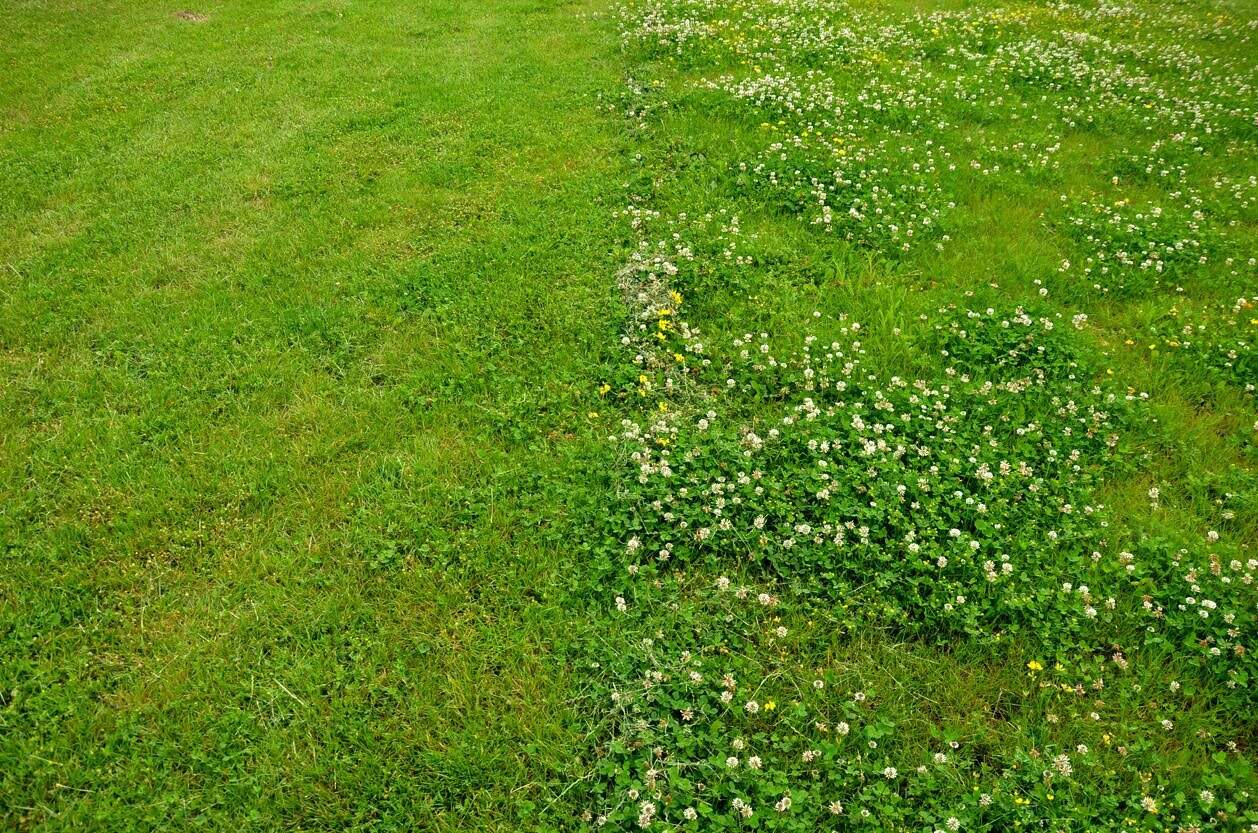

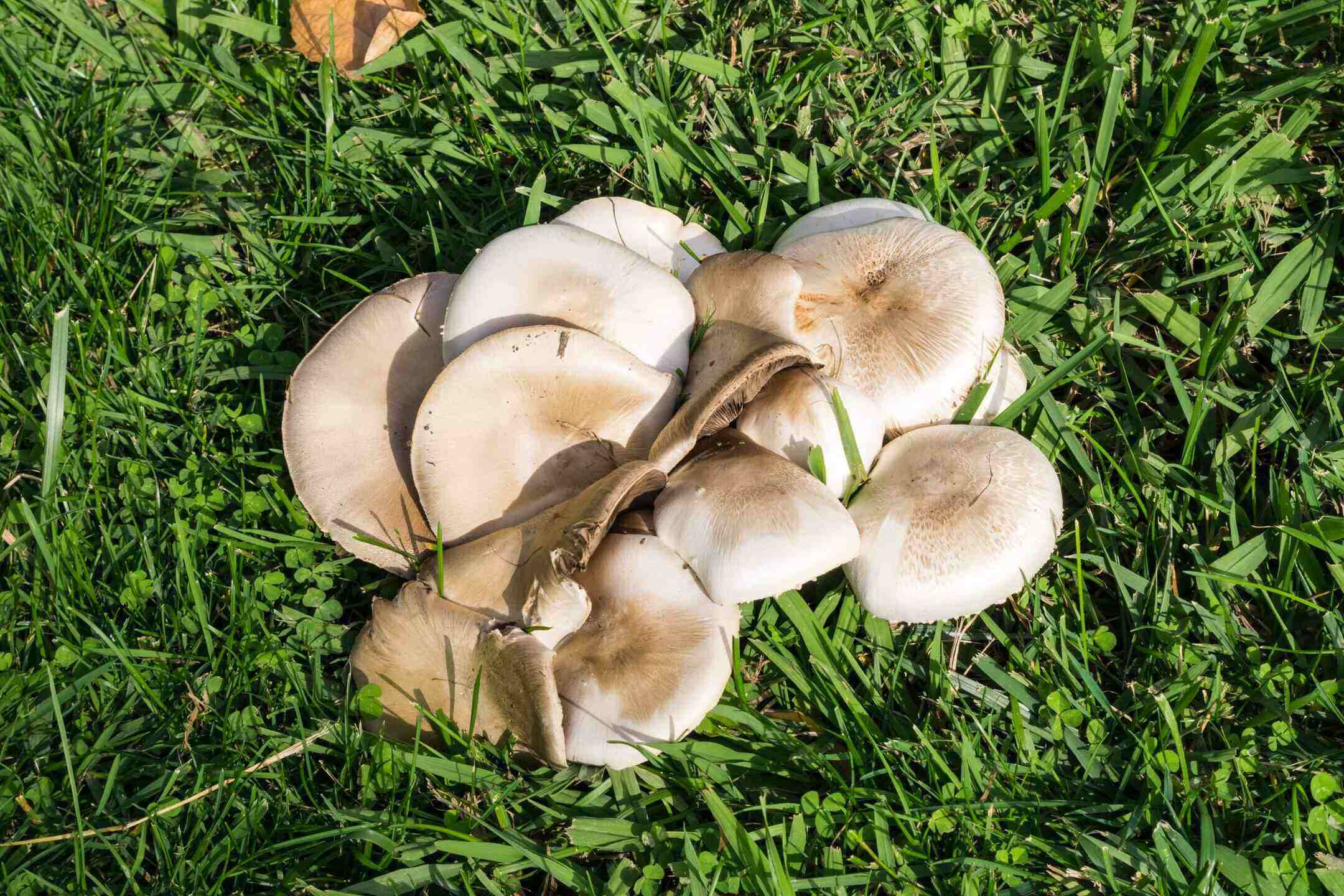
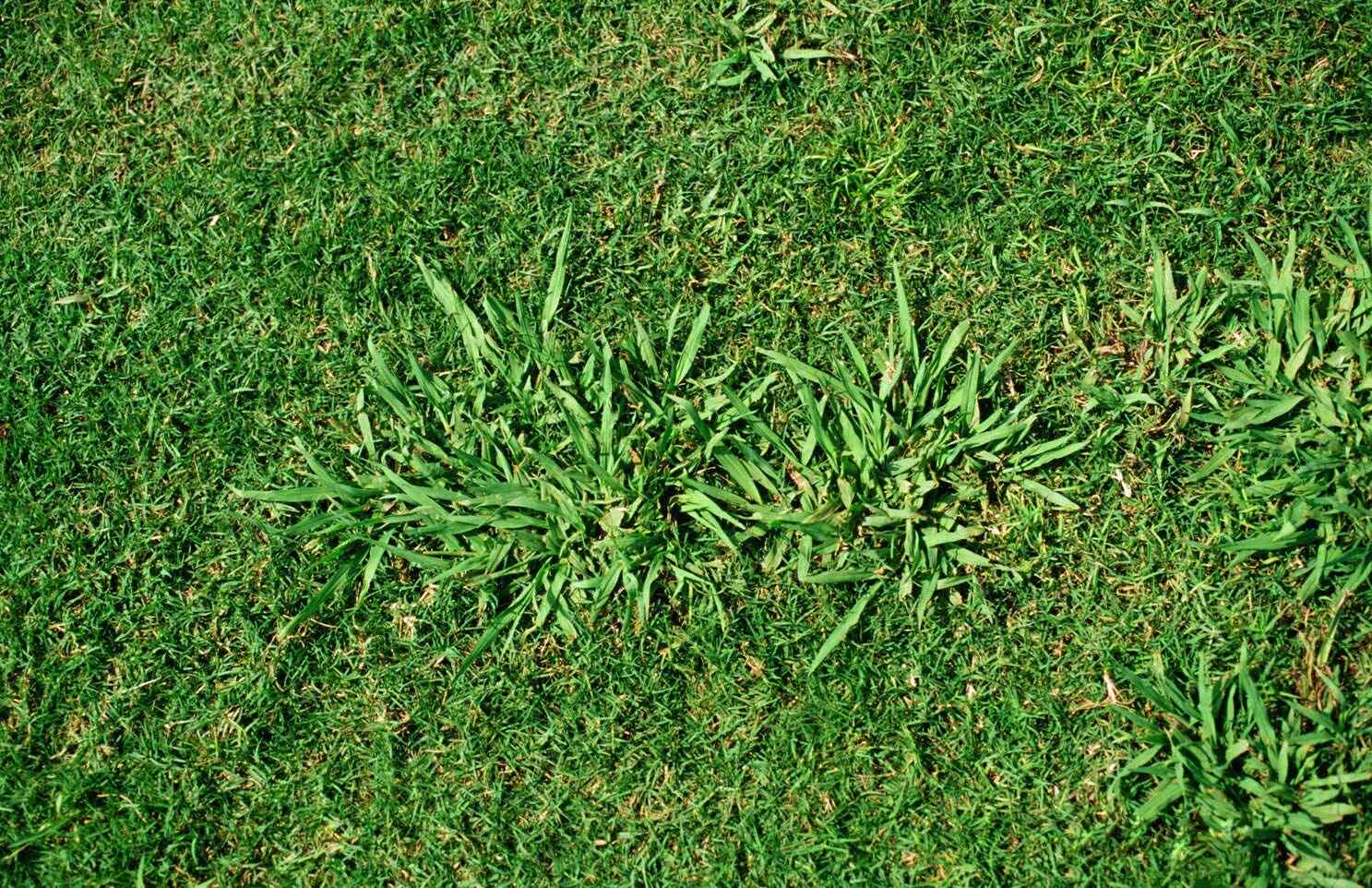
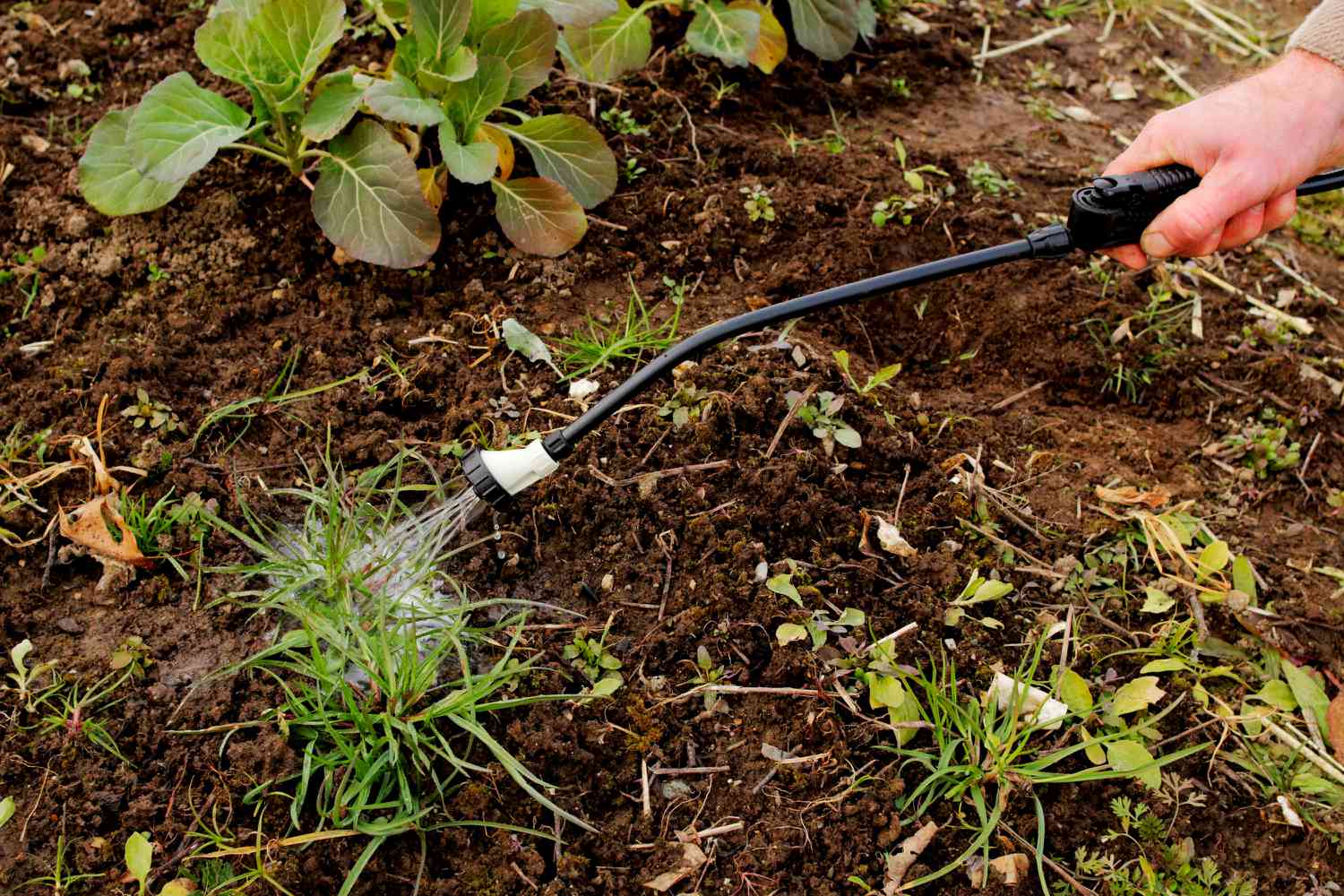
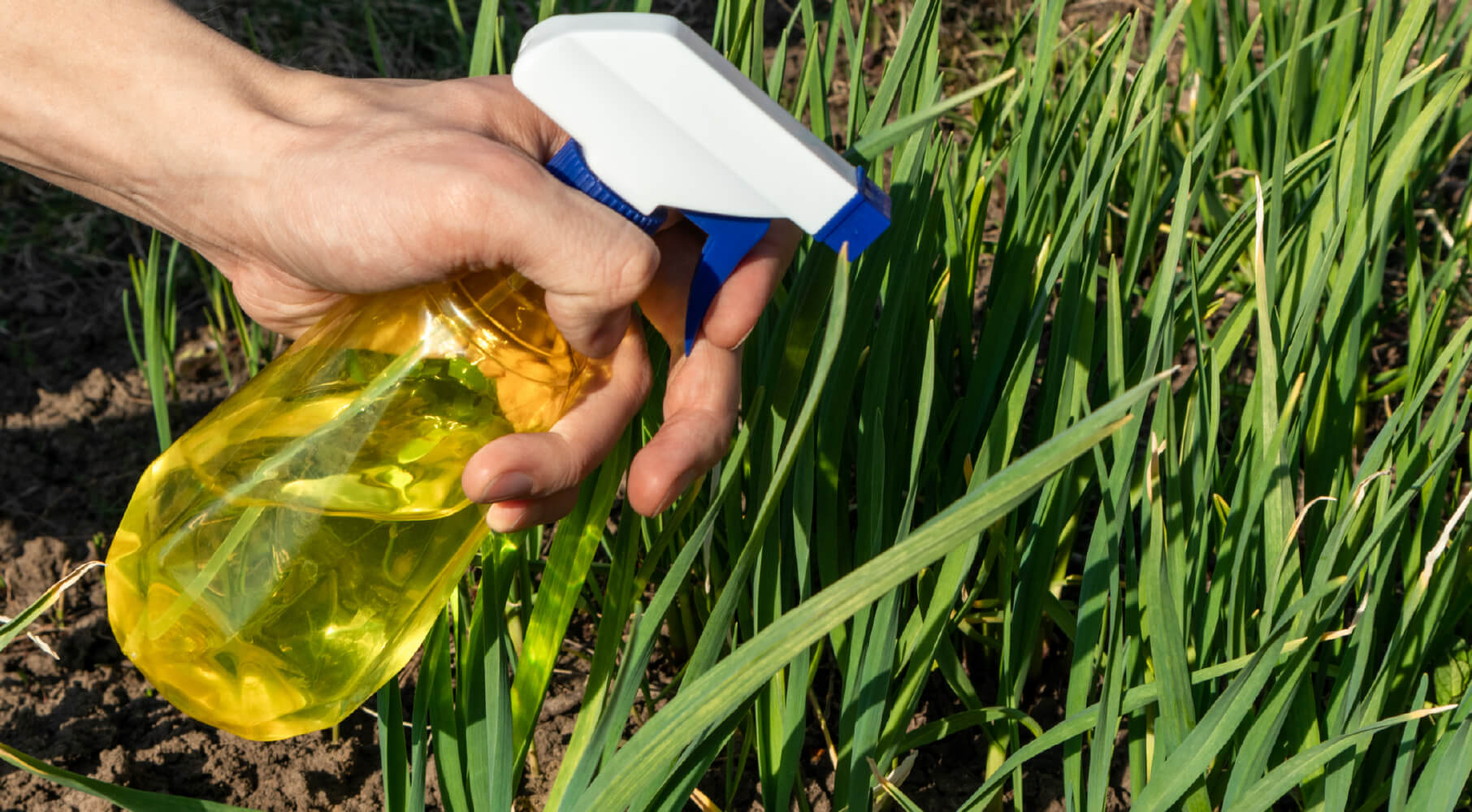
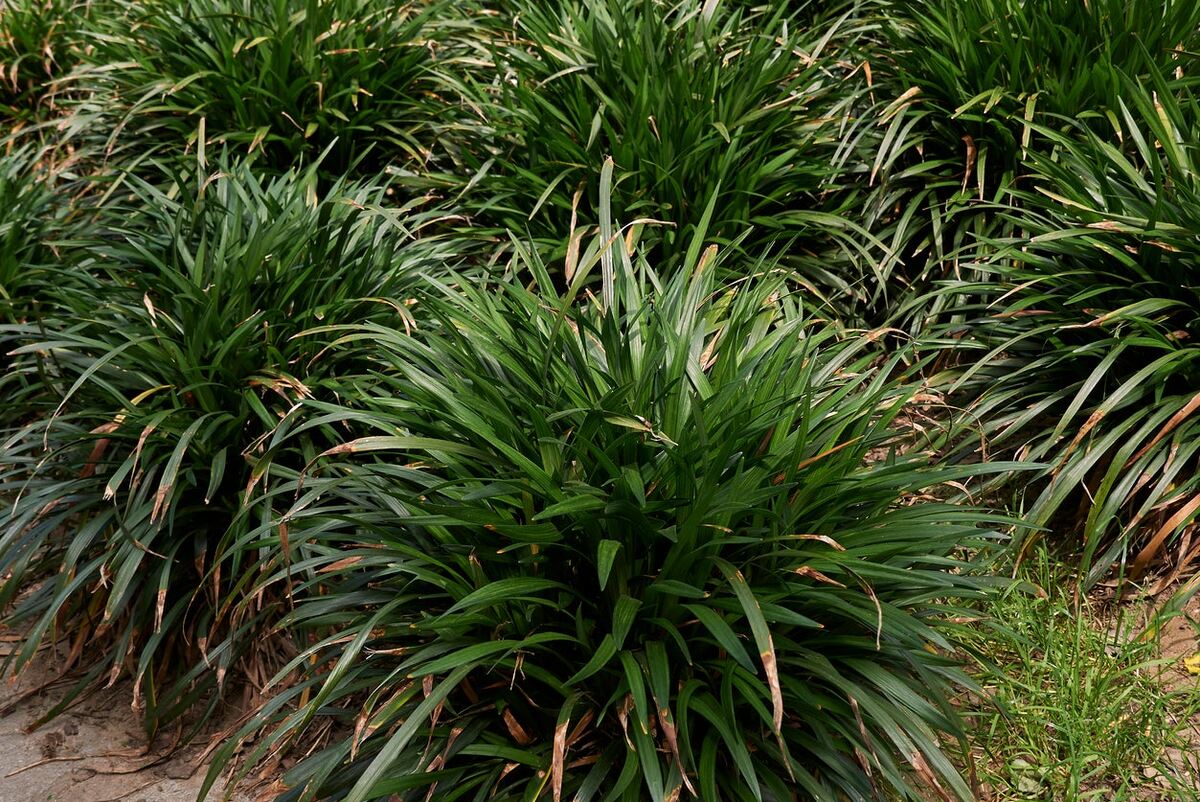
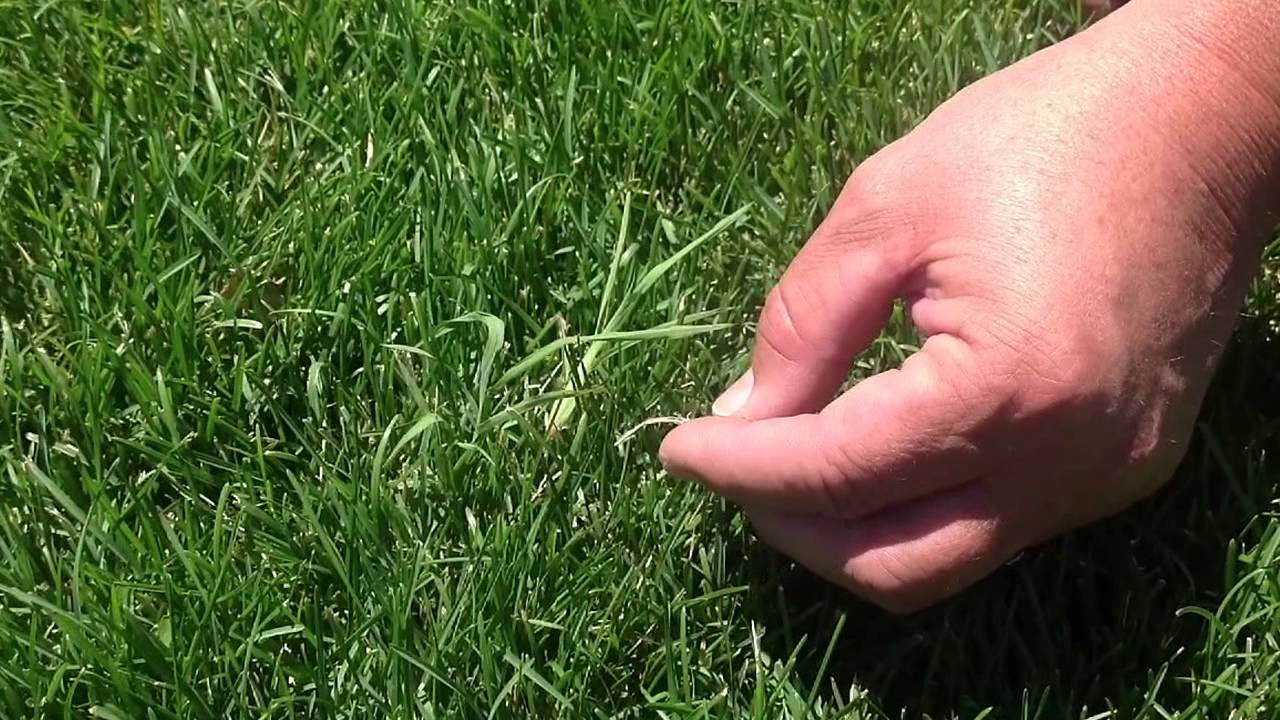
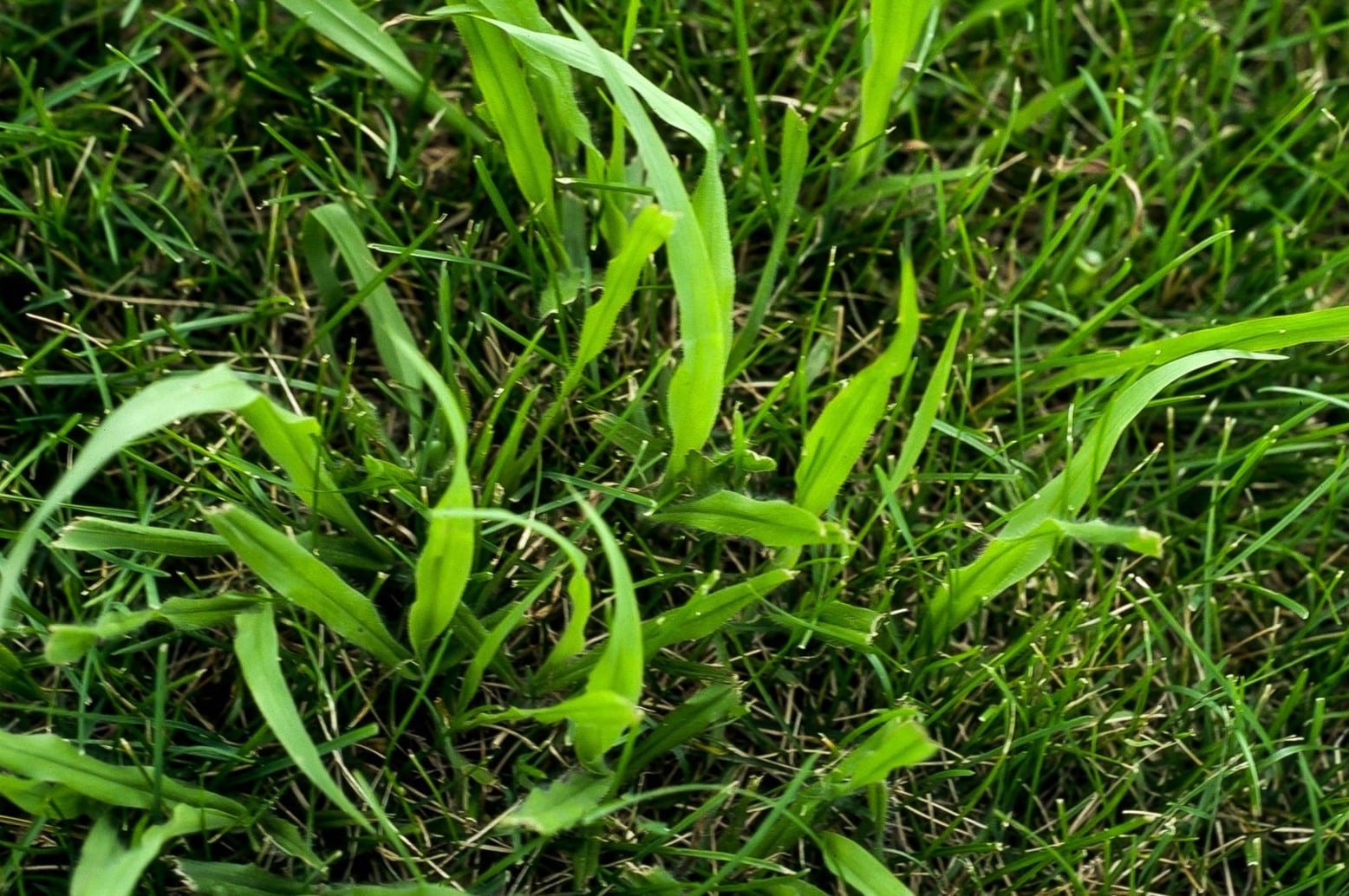
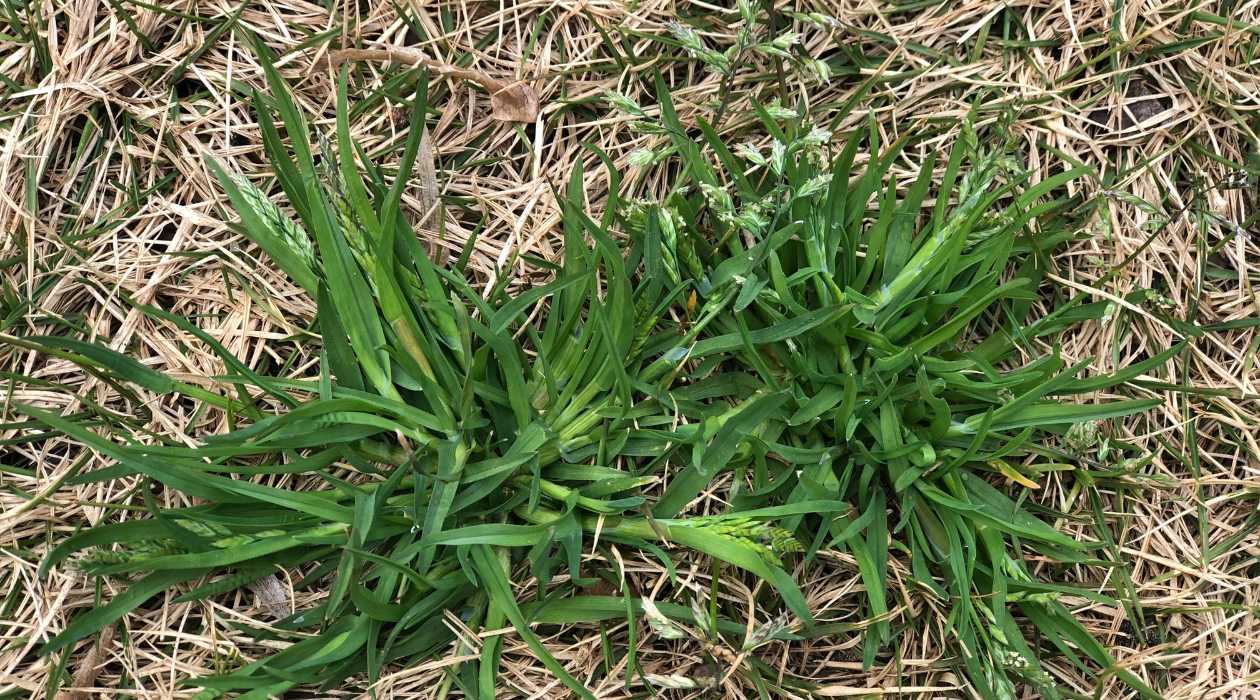
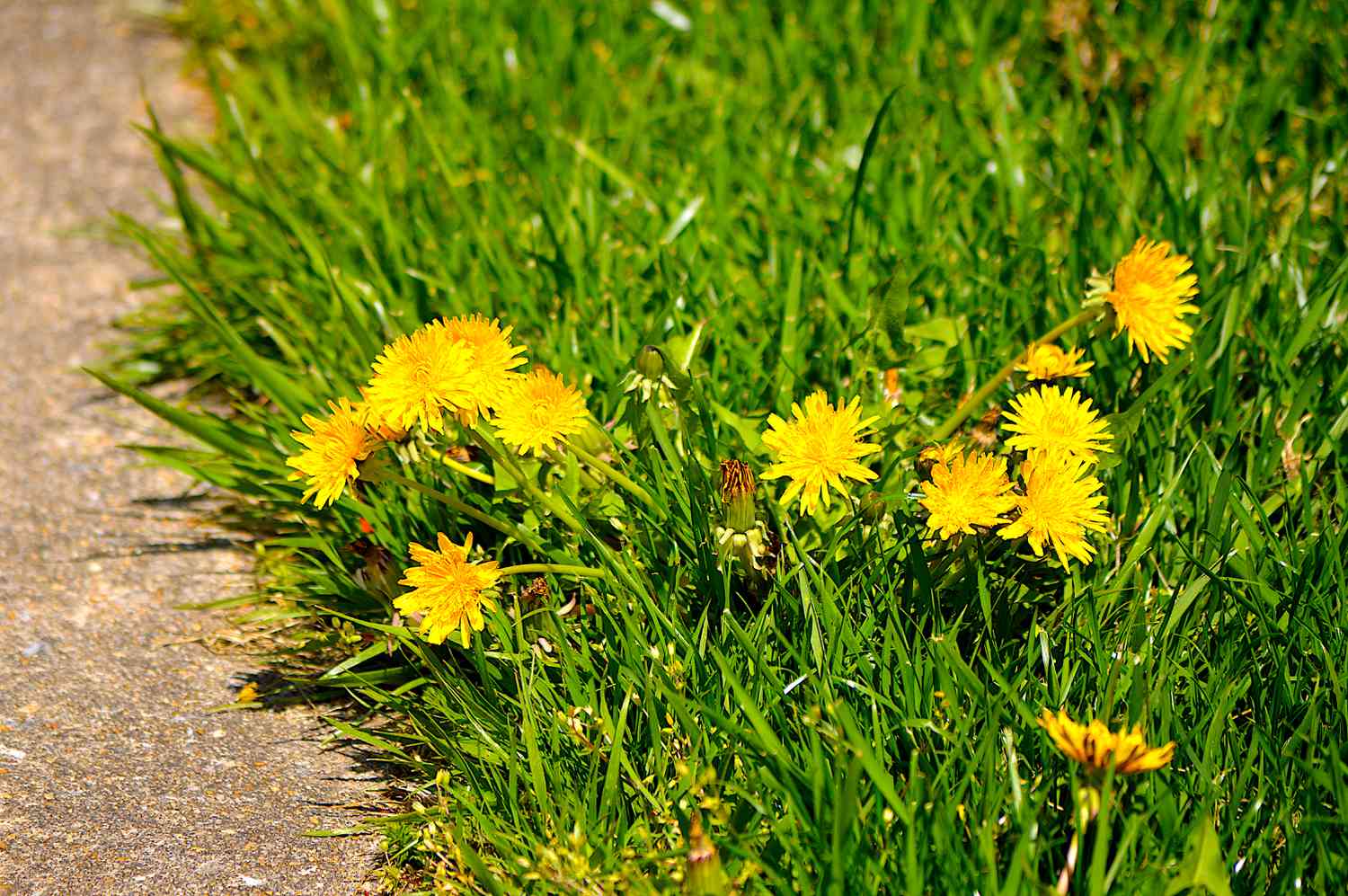
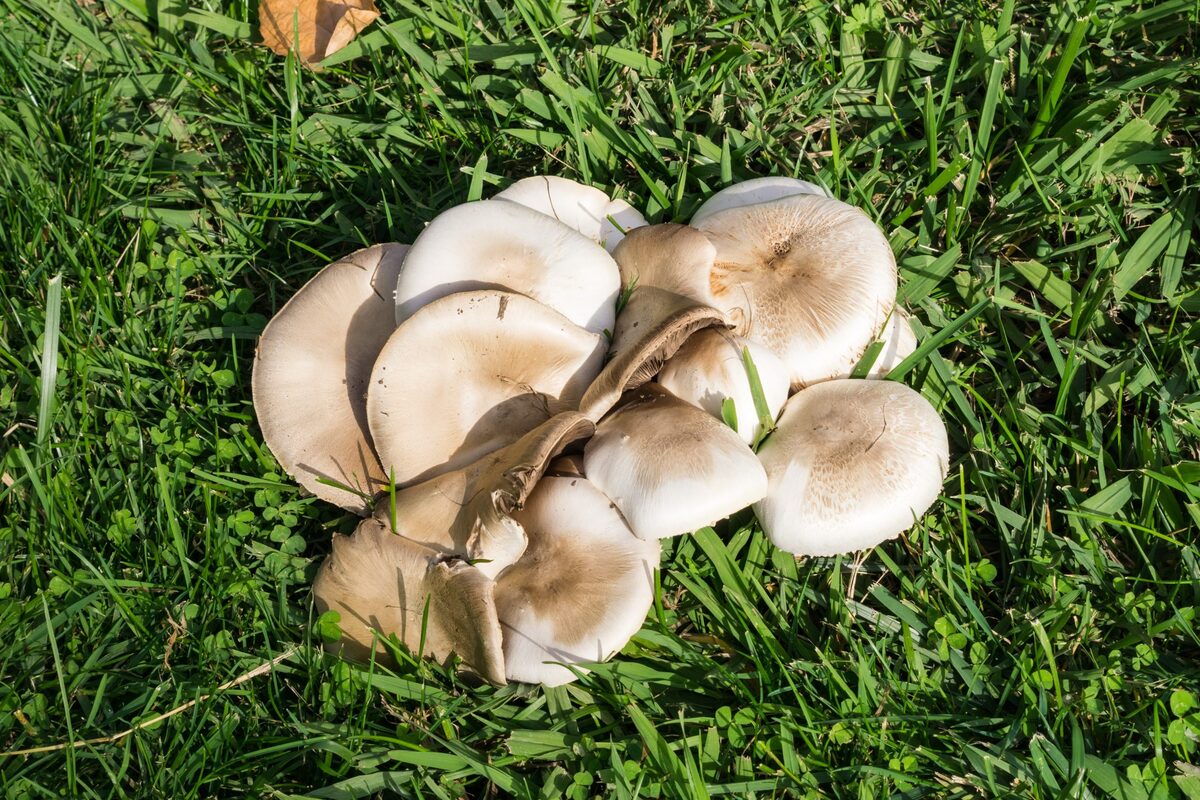

0 thoughts on “How To Kill Crab Grass In A Lawn”